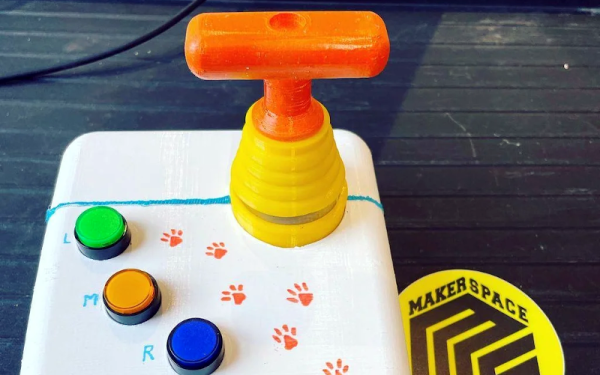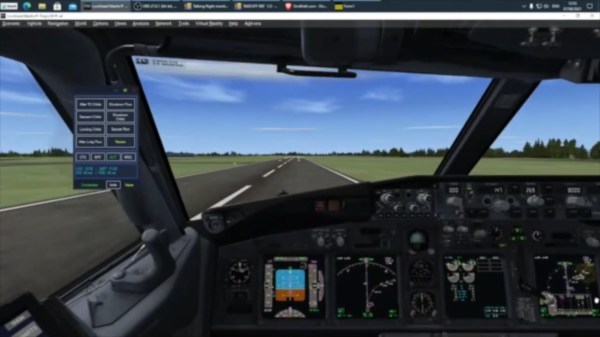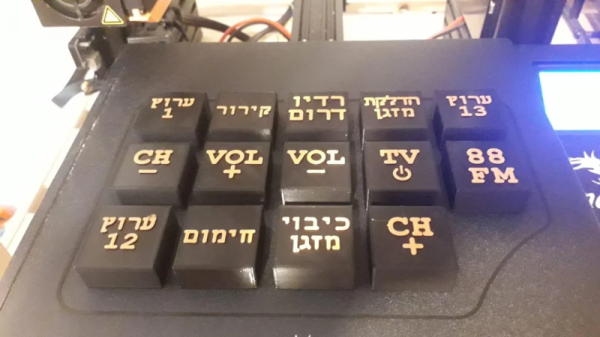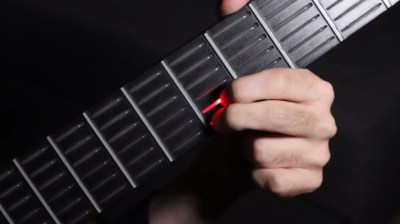Some people have issues using regular computer mice, and need alternative input devices that suit their needs. [Olman Orozco] designed an affordable mouth-joystick intended to work as a mouse to suit that very use case.

The build is based on a simple USB gamepad. A mouse emulator program is used to turn the thumbstick movements into mouse movements, and button presses into mouse clicks.
The trick is that the thumbstick is turned into a mouth-activated joystick, making the device perfect for those with limited-to-no movement in their arms. This is achieved with a pen body used to extend the joystick so it can be readily actuated with the mouth. A custom puff-switch is also integrated into the mouth-joystick, built out of a balloon, bottle caps, and a micro switch. This enables the user to click on things without the need for another button.
Overall, it’s a great hack that turns cheap, everyday components into a useful piece of accessibility hardware. As a bonus, it can be built using only simple tools. [Olman] notes there’s no need for a 3D printer or other advanced parts or tools to build the device.
Game controllers are often important devices when it comes to accessibility hacking, as we’ve seen before. Continue reading “Hackaday Prize 2022: A Cheap And Effective Mouth Joystick Mouse”


















